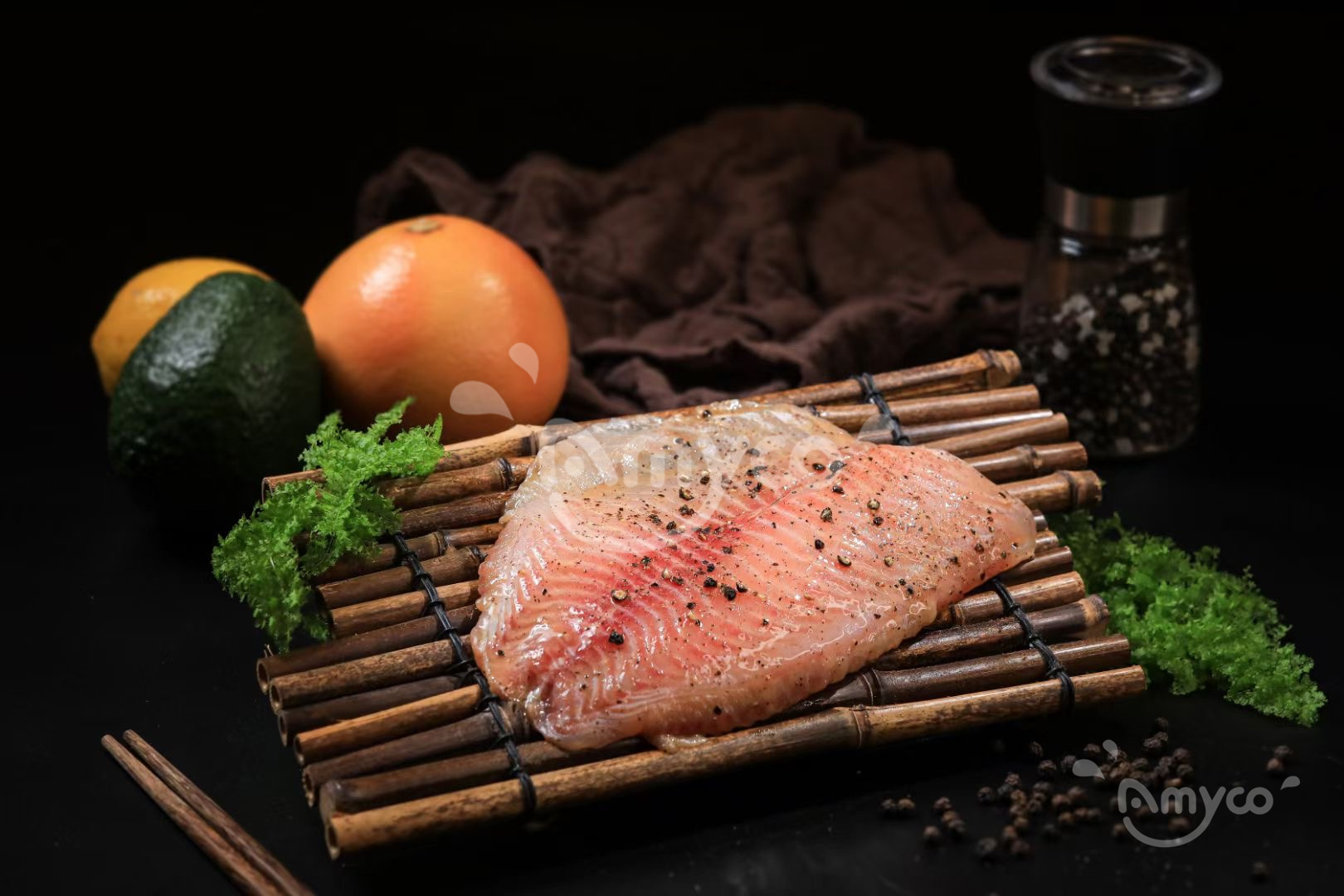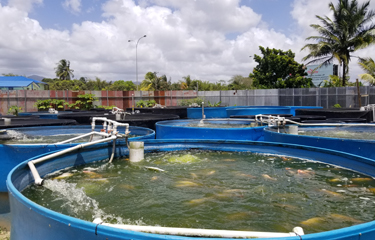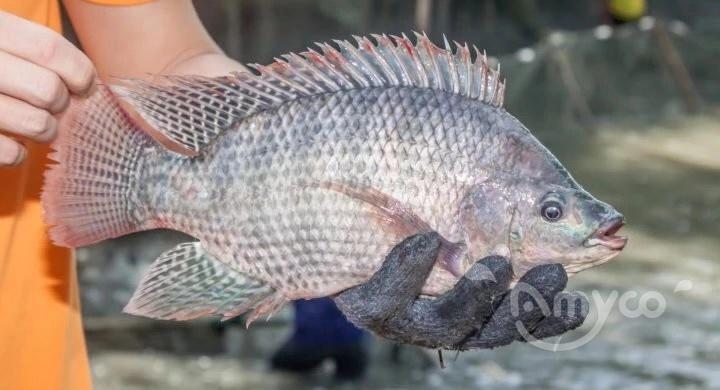Are U.S. seafood wholesale prices rising?
The US reciprocal tariffs officially took effect on April 9. On April 10, Trump announced that the tariffs on Chinese goods would be increased to 125% (the White House clarified that it was 145%), and the reciprocal tariffs on other countries would be uniformly reduced to 10% and extended for 90 days.
The twists and turns of the US tariff policy have forced most seafood importers to adopt a conservative wait-and-see attitude. The wholesale market has realized that the trend of price increases is inevitable, and the mentality of some frozen food merchants to hold goods and wait for price increases is becoming more and more obvious. In the 15th week (April 7-13), almost all seafood from Asia saw a sharp increase in price. The most obvious increase was in Chinese imported catfish, tilapia and Vietnamese pangasius; the increase in imported shrimp, salmon, and wild white fish was also relatively large. The only one that fell was Boston lobster because it was produced in the United States and Canada.
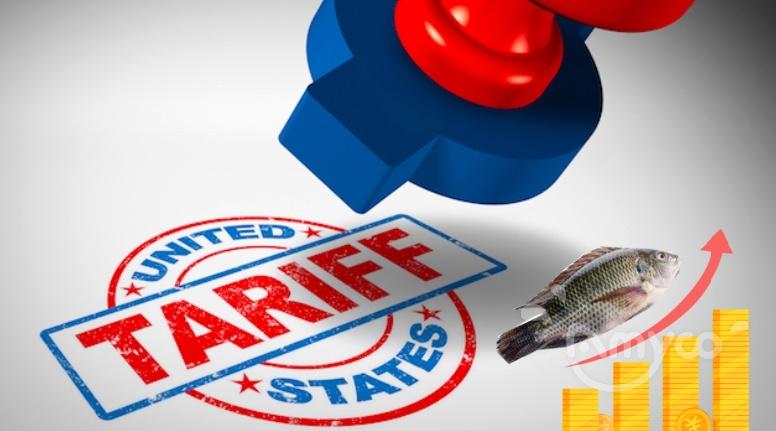
Farmed whitefish saw the most significant increase
The combined tariff on imported tilapia and catfish in China has reached a staggering 150%. The increase in restocking costs is clearly beyond the tolerance of most buyers, so the market is currently mainly consuming frozen stocks. Catfish has seen a larger increase than tilapia because the total import volume is smaller.
According to guidance from the U.S. Customs and Border Protection (CBP), the latest tariffs only apply to goods shipped after April 9. For shipments before April 5 and arrival before May 27, the combined tariff on tilapia and catfish is 45%, and for shipments between April 5 and 9, the tariff is 55%.
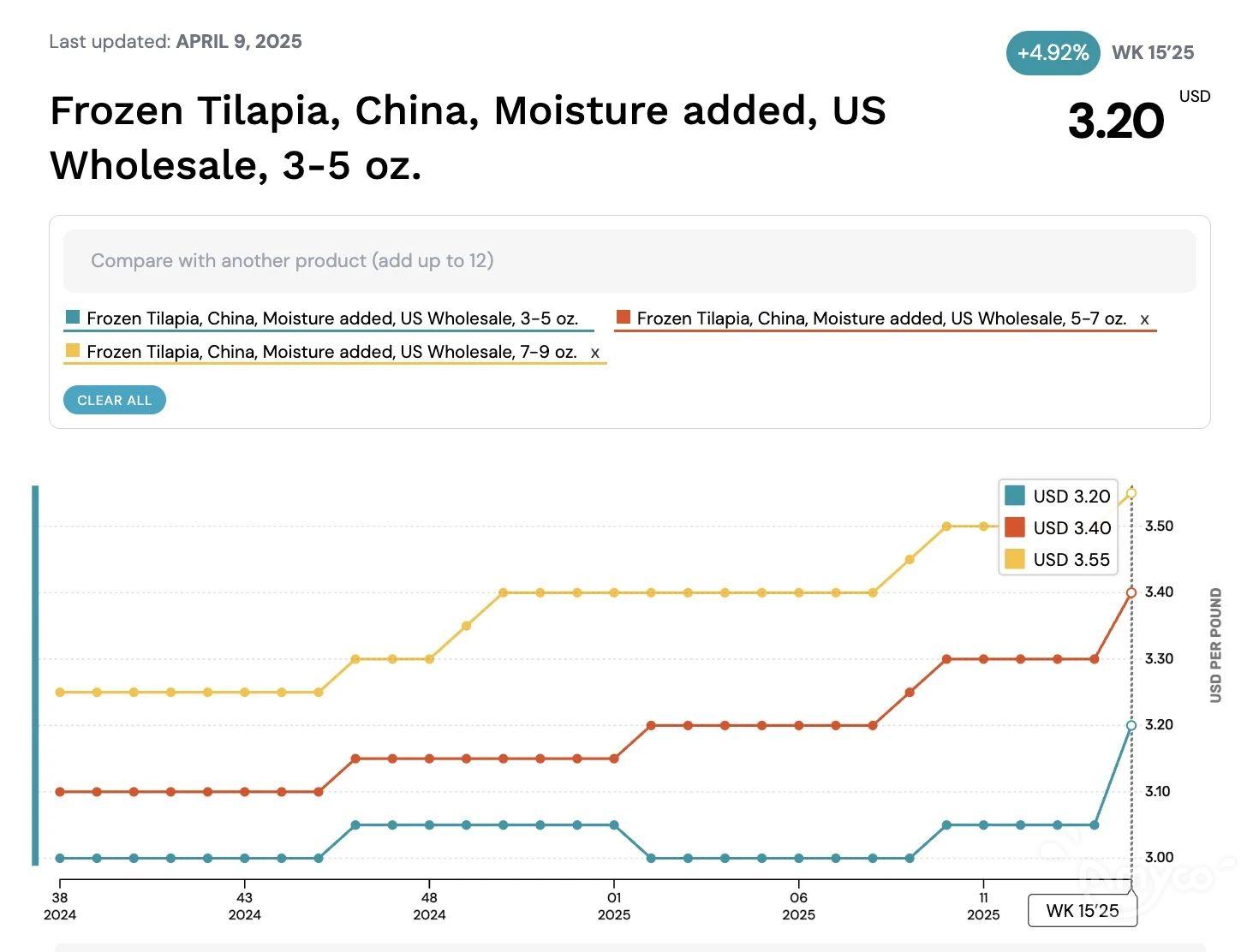
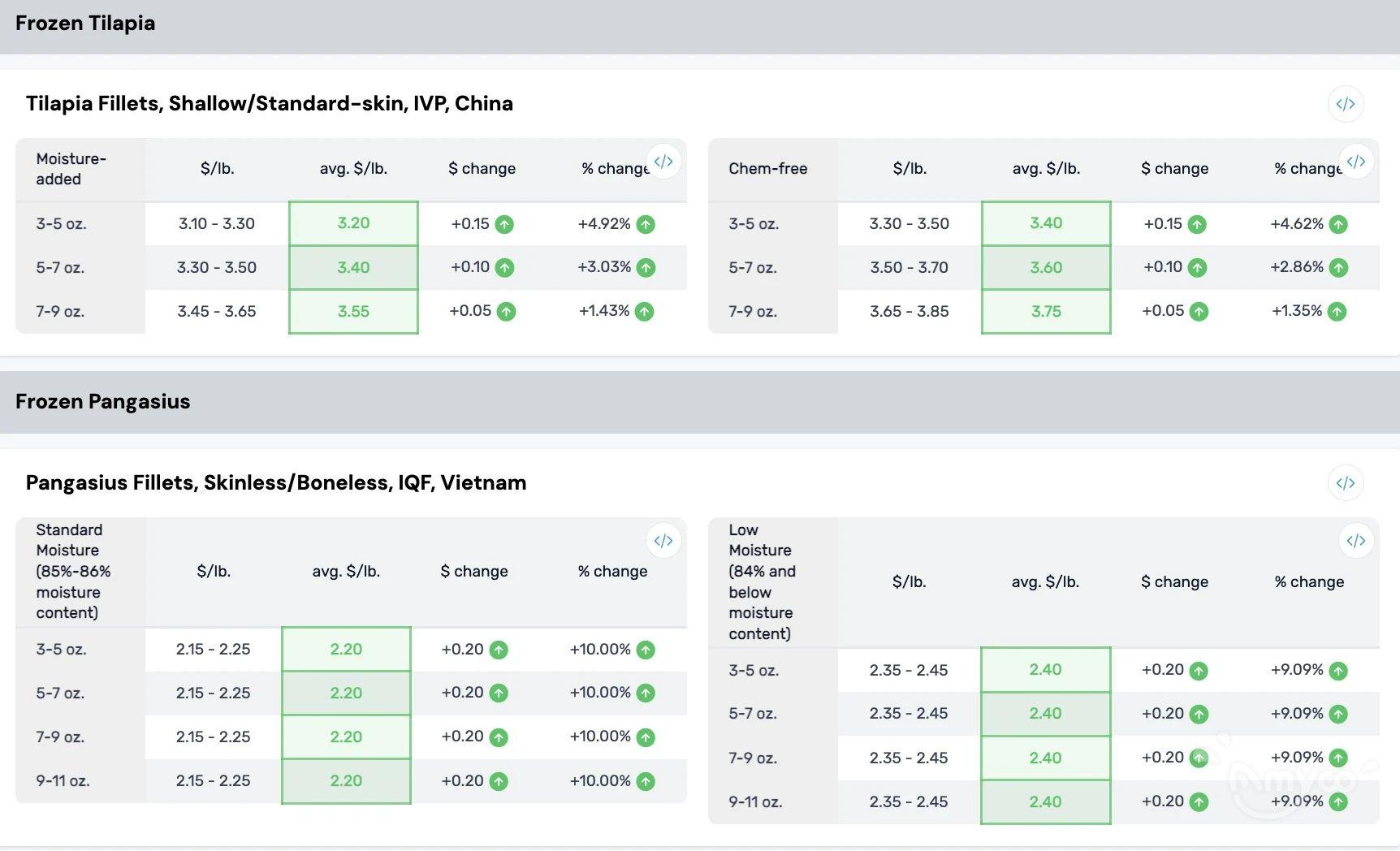
On April 9, the average price of 3-5 oz tilapia fillets was $3.20/lb, up $0.15/lb from the previous week, a 4.92% increase. The larger size 7-9 oz had a relatively small increase of 1.43%.
Affected by tariffs on Chinese products, U.S. buyers are increasingly interested in purchasing Latin American tilapia, especially chilled products from Colombia, Honduras, Brazil and Costa Rica, where the tariff rate is 10%.
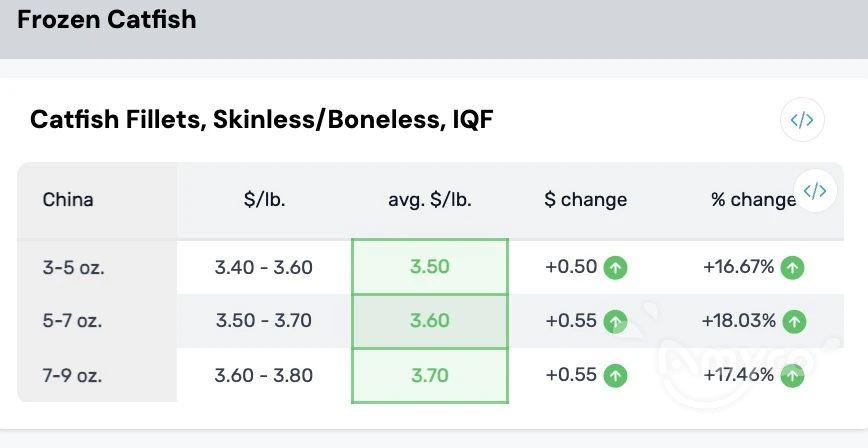
The price of imported catfish in China has risen significantly, with 3-5 oz fillets rising by $0.50/lb in a week to $3.50/lb, an increase of 16.67%. Due to the price increase, the transaction volume of catfish has begun to slow down, and importers are also delaying or suspending new orders from China until import regulations and factory pricing adjustments are clearer.
In the short term, catfish prices may rise further. The substitute for Chinese catfish is the domestically farmed catfish in the United States, and the supply is also very limited.
Reference: UCN
